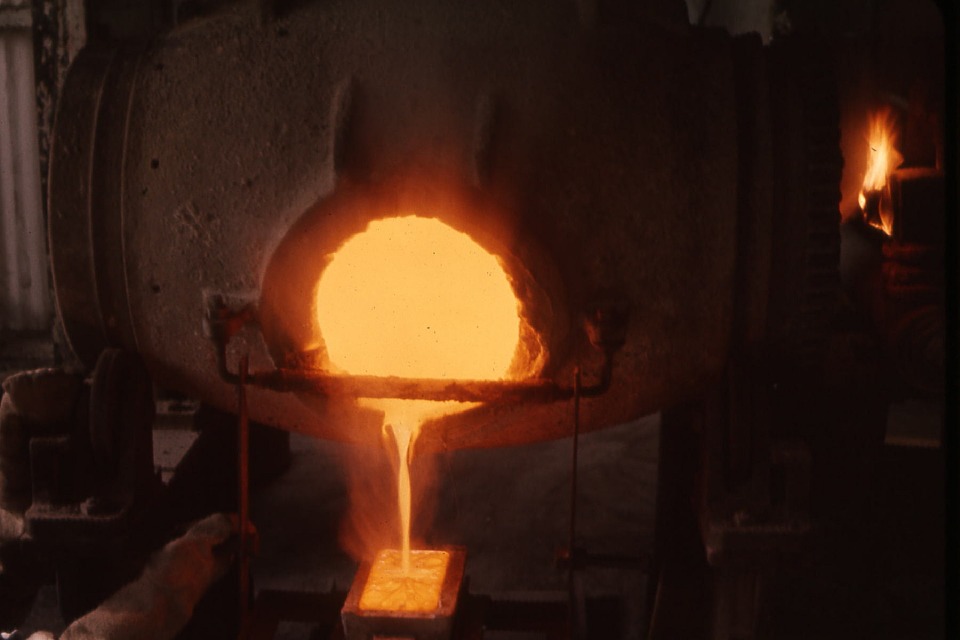How Gold Bullion is Made

Gold bullion is an investment grade metal that is used as a form of wealth guarantee for high-net-worth individuals. The metal can be used as the basis of wealth storage that is not linked to unbacked fiat currencies such as the US Dollar and the UK Pound Sterling. That’s simple enough to comprehend, but how is gold bullion made?
Where is gold mined?
Gold is a physical material that can be mined from the earth. Gold mostly occurs as nuggets or grains, in rocks, in veins, and in alluvial deposits. The largest producer of gold is currently China, who produce 450 tonnes each year. Most of the gold currently in existence, however, was mined in South Africa.
As well as being mined, gold can also occur in a solid solution series with the native element silver (as electrum) and is also naturally alloyed with copper and palladium. Gold bullion can also be made from recycled gold, such as gold from jewellery or electronic components.
How is gold used?
Gold is relatively rare. Despite being used for centuries only around 187,200 tonnes of stock is in existence above ground. This would only be sufficient to form a 21-metre cube.
The world consumption of new gold produced is about 50% in jewellery, 40% in investments, and 10% in industry.
Regardless of the source of the gold bullion, it will be a pure 24-kt gold metal.
Creating a gold bullion
To create a gold bar, pure 24k gold is heated to over 1064 Celsius, at which point the gold melts and becomes easy to work with. The molten liquid is poured into an ingot mould. As it cools the gold takes on the shape of the mould, forming the bars that we are all familiar with.
The gold bars are removed from the mould, finished and then weighed and have their purity measured, before being sent for sale at UK Bullion dealers such as the Gold Bullion Company.

















